*Disclaimer: This article contains some gruesome pictures which may not be suitable for sensitive people. Please be careful if you are willing to keep reading!
PS: After a long search, I wasn't able to identify many of the photographers who took the pictures shown below, but they were mostly taken by journalists.
Photography, one of the most enjoyable activities for people to do nowadays. It might be as simple as an entertaining hobby for some, and it can also be a profitable business for others. But regardless of being an amateur or a professional, both of them have the same target: To be in the right place, at the right moment, to capture "the perfect" photos.
Those photos aren't always reflecting the bright side of life; they can also illustrate misery, sufferance, or even shocking events. And that's why I think every picture is a silent book, narrating stories without saying a single word... Actually, if we pay enough attention, what looks like random old photographs for the vast majority can be screaming, trying to tell us the story hidden behind.
In this series of articles, you will be travelling in time to discover some of the most incredible captured moments from 1945 to our recent year of 2020. In this journey, you will encounter the biggest mix of emotions you can ever imagine... Let's start.
1945: Severly burned victim of Hiroshima's atomic bomb waits for treatment (Photographer: Masami Onuka).

Humanity will never forget the 6th of August 1945, when the gates of hell opened on Hiroshima. At 8:15 AM, an atomic bomb was dropped on the unwarned city and detonated at an attitude of 2000 feet (≈600 meters), making a blinding flash which was described by some survivors as "brighter than the sun", followed by an enormous fireball (≈ Diameter: 1200 ft/370 m) with a surface temperature of 6000°C/11000°F ! Heat waves and deadly radiations burst out in every direction, killing and burning severly more than 146.000 people, the overwhelming majority of them were civilians, women, and children. In the blink of an eye, the +400 year-old city turned into flames and dust. Three days later, the same tragedy repeated itself in Nagazaki...
1946: Ion Antonescu after his execution (by: Serviciul Roman De Informatii).
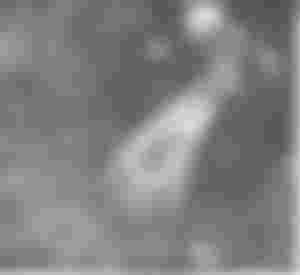
Marshall Ion Antonescu, the former dictator of Romania who was in office for 4 years from the 6th of September 1940 until the 23th of August 1944, was found guilty of war crimes, crimes against the peace and also treason because of his cooperation with the Nazis. Ion was one of the biggest supporters of Hitler and shared the same thoughts as him. In 1941, the romanian dictator gave his orders to start two massacres against civilian jews: The Iași pogrom (around 13.000 victims) and the Odessa massacre (about 30.000 victims) as well as deporting thousands of jewish families from Romania. Antonescu was executed with 3 of his comrades on June 1, 1946 at the Fort Jilava prison, by a military firing squad. Some sources mentioned that he reufsed the blindfold and raised his hat in salute once the order of execution was given.
1947: The corpse of The black dahlia as it was found.

The murder of Elizabeth Short, aka “the Black Dahlia”, is a terrifying unsolved tale of madness and aberrant desires. On January 15, 1947, a housewife and her young kid were walking down South Norton avenue in Los Angeles to came across the gruesome sight of a young woman cut in half and "posed" on the grass. The victim was completely naked, severed in half at the waist with cuts all over the body, missing one breast which was cut off and given a Glasgow smile by slashing the corners of her mouth to the ears. according to the detectives, the 23 years-old brunette Elizabeth Short was not just dumped there but posed on purpose: her hands placed over her head, elbows bent at right angles, and her legs spread apart. Also her intestines were tucked neatly beneath her buttocks and the body was drained of blood and even washed in the original crime scene which was never found.
Elizabeth came to L.A in an attempt to be famous dreaming about acting in Hollywood, sadly she never realised that she will be famous in another horrifying way. The case isn't solved to this day.
1948: The last picture taken of Gandhi in public during his visit to check the damages in the dargah of Qutbuddin Bakhtiar Kaki in Delhi.

This is the last public known activity of Mahatma Gandhi. On January 27th, 1948, three days before he was shot and murdered, the 78 year-old man went to Mehrauli in Delhi to reassure muslims there after the communal violence commited against them and their holy places by the hindu extremists which made many of them leave the area for safer places. Gandhi supported muslims during the crisis and defended their right to live peacefully in India.
This move made the hindu nationalist movements consider the Mahatma as a "betrayer" who supportes muslims and minorities rather than"his nation and country". On January 30th, 1948, Nathuram Godse, who is linked with extremists, fired 3 bullets into Gandhi's chest, choosing violence to end the life of the nonviolent resistance leader...
1949: Mao Zedong declares the establishment of People's republic of china.

Just after the end of the second Sino-Japanese war (1937-1945) because of the surrendering of Japan in the World War II, the second part of the chinese civil war (or the chinese communist revolution as it's more known) was resumed again between the Nationalists and the communists. After taking the lives of about 1.800.000 chinese from both sides, the communists led by Mao Zedong won the war and forced nationalists to retreat to Taiwan. On October 1, 1949, Mao proclaimed the founding of The People's Republic of China from the gate of heavenly peace in Beijing, announcing the start of a new era mixed of development, dictatorship and even famine in China.
1950: South korean suspects of being communists and communism sympathizers in their way to summary execution on July 29, 1950.

Despite being a very bloody war with millions of victims from both sides, the korean war (1950-1953) has always been like the most forgotten war in history. And the same thing can be said about the biggest massacre during that war: The Bodo League massacre. The Bodo league was actually a"re-education"movement formed by the south korean president Syngman Rhee to enroll more than 300.000 south korean "suspected communists and their sympathizers" using the excuse of protecting them. But after the north korean people's army attacked south korea on June 25, 1950, Rhee gave his orders to execute anyone related to that league making the summer of 1950 the worst bloodbath in the korean history with a number of victims between 100.000 and 200.000.
Needless to say that the vast majority of them were civilians who had no connection with communism or communists...
1951: Train No. 733 after its derailment in Woodbridge, New Jersey.

On February 6, 1951, the United States witnessed one of the deadliest and most tragic train accidents in its history. Due to a strike on the other close railroad, the train No. 733 became super crowded with more than 1000 passenger when it left Exchange Place in Jersey City in route to Bayhead. To make things worse, the rail lines were undergoing construction, so many temporary trestles and tracks were constructed to allow trains to keep running without disrupting work which meant automatically that trains traveling in that area can't pass the speed limit of 25 mph.
According to the authorities, around 5 p.m, the train was traveling at 60 mph when it arrived to Woodbridge and because of the excessive speed, the train failed to make a relatively sharp turn at the temporary trestle causing the derailment of 8 of the train's 11 cars, sending 85 people to their deaths and more than 500 to the hospital with different injuries.
1952: Kenyan Chief Waruhiu Wa Kung'u dead in his car after being shot.

The chief Waruhiu Wa Kung'u was one of the biggest supporters of the Colonial British presence in Kenya and was very loyal to them. In October, 1952, few days after he condemned Mau Mau rebels (who were fighting against the white european colonist-settlers), Waruhiu was shot dead in his car. There are different stories of how he was murdered: Some claims that it was after a car chase between him and the killers. Others claims that it was an ambush...But what's known is that two men were arrested and executed in this case. However, most people think that both of them have nothing to do with the murder and they were forced to confess.
1953: Man next to the ruins of his house after the Ionian earthquake in Greece.

From time to time, nature decide to remind us how powerful and deadly it can be, making people helpless facing that destructive anger. That was exactly the case in Greece on August 12, 1953. That day, at 11:23 a.m in the local time, the Ionian islands Kefalonia and Zakynthos were struck by the worst earthquake in modern Greek history (which is also known as the Great Kefalonia earthquake). The earthquake, measuring 7.2 on the Richter scale, caused more than 800 victims (1000 according to The New York Times), a total destruction in both islands and was strong enough to raise the whole island of Kefalonia by 60 cm (24 in) and incline its centre to the west!
1954: Woman saved after Hurricane Hazel striked Toronto, Canada.
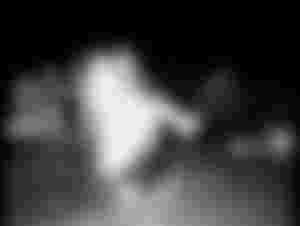
Fatal, destructive and merciless...These are the only words to use if you want to describe a hurricane as powerful as Hazel. In October 1954, Hurricane Hazel striked not one, not two, but three countries. The first country was Haiti and that's where most of the damage occured with around 469 people killed plus the heavy losses which will also count for the next several years due to the destruction of 40% of the coffee trees and 50% of the cacao crop in th country. Next, Hazel moved to the US where it added another 95 people to the victims list and $281 million in damages (equal to 2,6$ billion now). The last destination of the furious giant was canada. Things weren't much better there with another 81 deaths and more than C$135 million in damages (worth about C$1.3 billion nowadays).
North America will never forget this hurricane which killed 645 people in total and costed hundreds of million dollar spent on reconstruction.
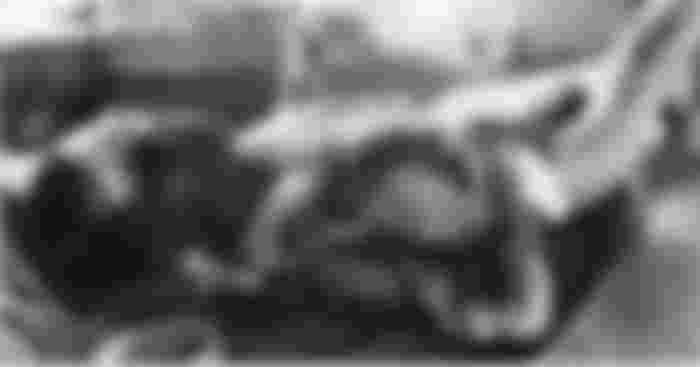
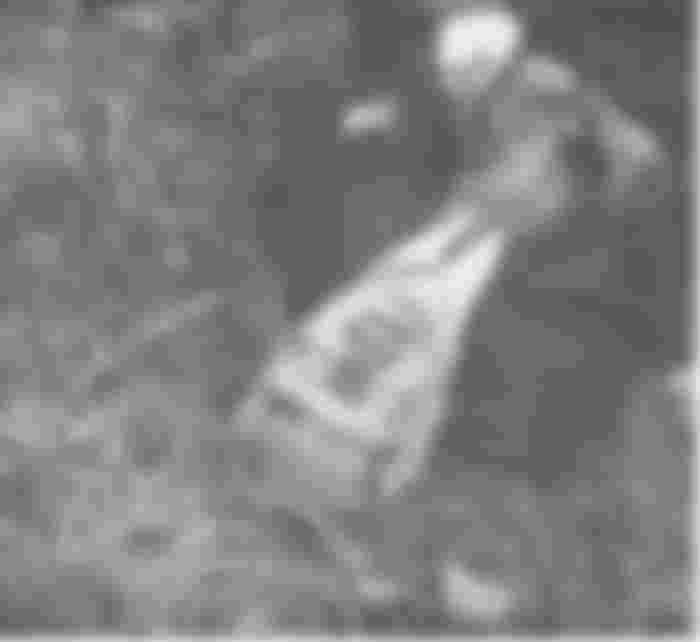
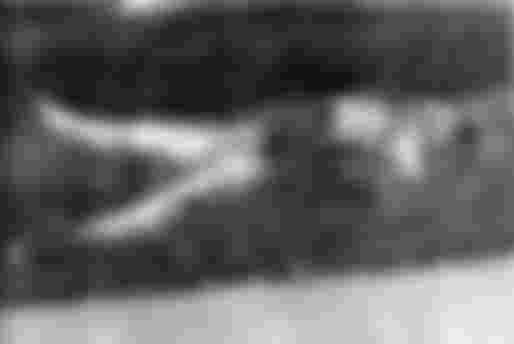
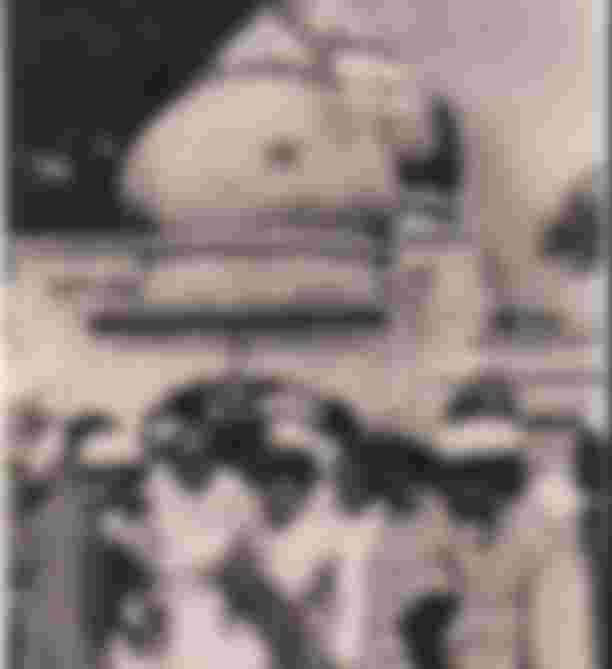
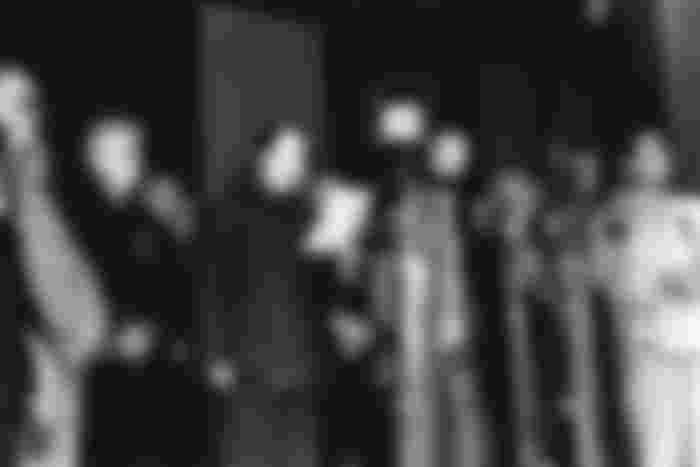
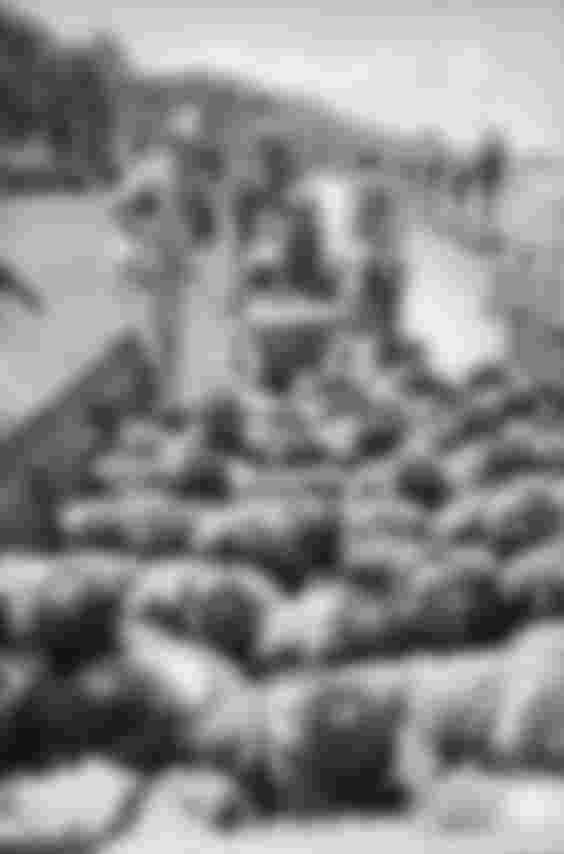
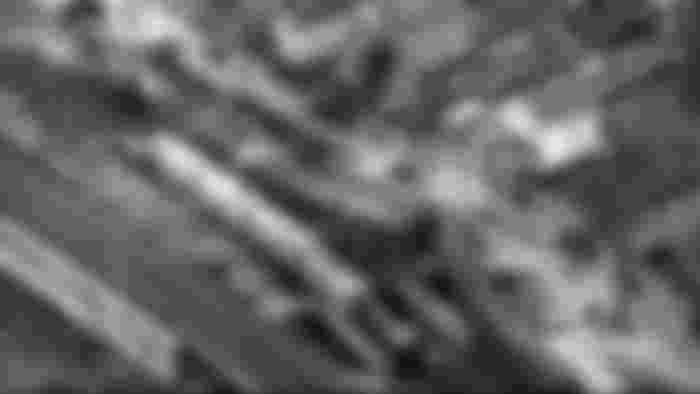

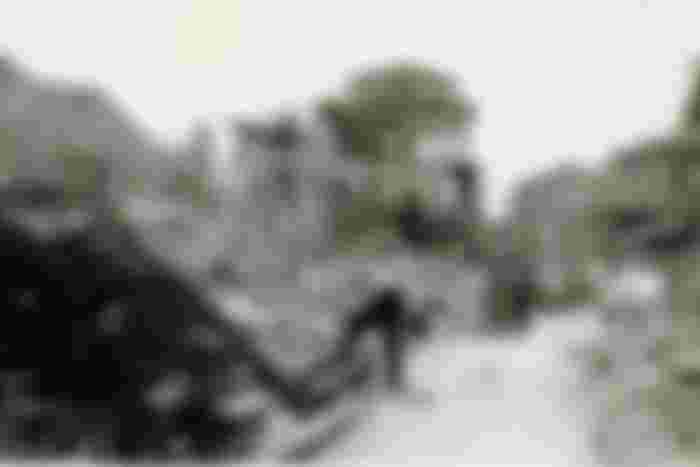
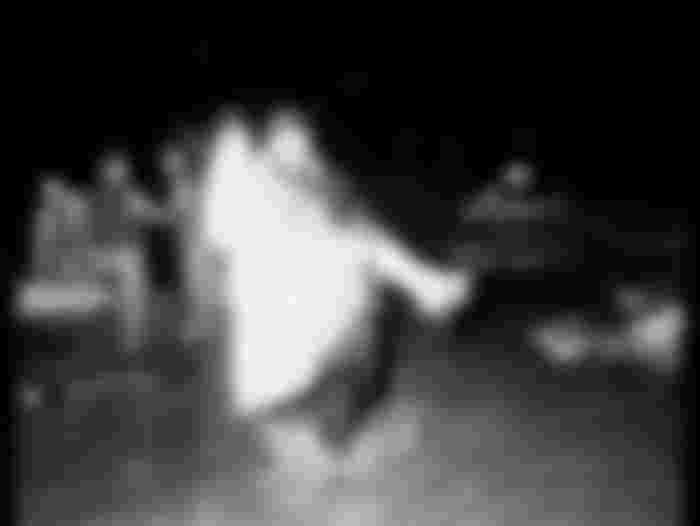
A very interesting article, but the cruel photos and the cruel stories disturb me. I prefer to believe in the good in people and not read about cruelty.